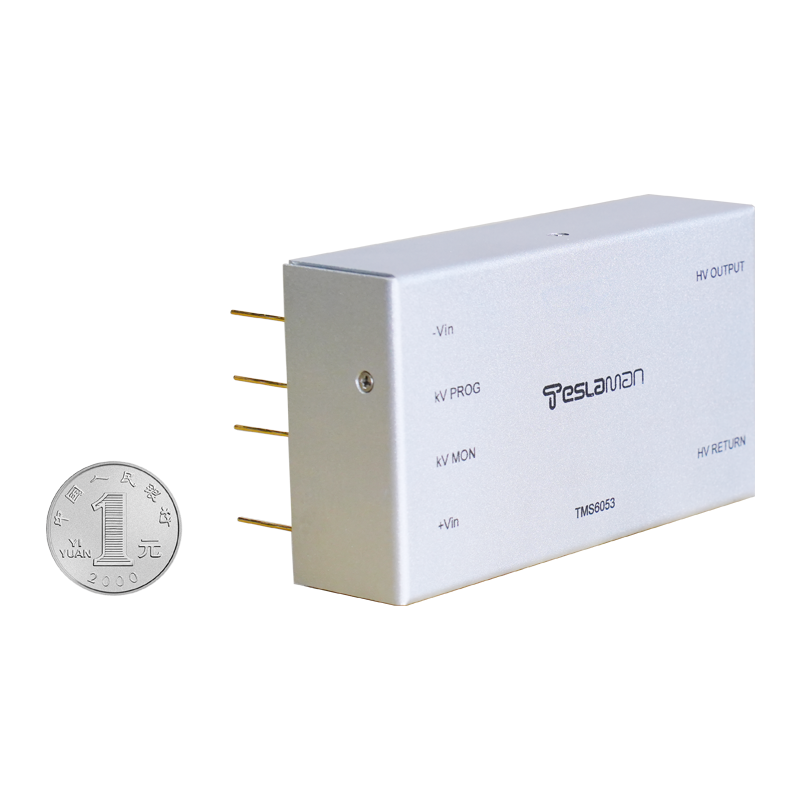Application and Efficiency Evaluation of High-Voltage Direct Current Power Supply Technology in Electric Vehicle Charging Stations
Abstract:
With the rapid development of the electric vehicle market, the construction of charging infrastructure has received increasing attention. The application of high-voltage direct current (HVDC) power supply technology in electric vehicle charging stations has gradually become a research hotspot. From a professional perspective, this article discusses in detail the application of high-voltage direct current power supply technology in electric vehicle charging stations and evaluates its efficiency.
Keywords: High-voltage direct current power supply; Electric vehicle charging station; Application; Efficiency evaluation
I. Introduction
In recent years, with the growing calls for environmental protection and sustainable development worldwide, electric vehicles, as clean and efficient means of transportation, have received widespread attention. The popularization of electric vehicles requires a robust charging infrastructure, and high-voltage direct current power supply technology (HVDC) has broad application prospects in electric vehicle charging stations due to its high efficiency and fast charging capabilities.
II. Application of High-Voltage Direct Current Power Supply Technology in Electric Vehicle Charging Stations
1. Rapid Charging Demand
Electric vehicle users generally hope to minimize charging time. High-voltage direct current power supply technology can provide high-power output, enabling rapid charging to meet user demands. Compared to traditional AC charging, DC fast charging can deliver a large amount of electricity to the electric vehicle battery in a short time, significantly reducing charging time.
2. Charging Station Layout Optimization
The application of high-voltage direct current power supply technology helps optimize the layout of charging stations. Since DC fast charging equipment is relatively compact, it can be more flexibly deployed within the charging station, improving space utilization. Additionally, DC fast charging equipment can be centrally managed, reducing operational costs.
3. Battery Health Management
High-voltage direct current power supply technology can also be applied to the health management of electric vehicle batteries. By monitoring and analyzing parameters such as current and voltage in real-time during the charging process, the health status of the battery can be assessed, extending its service life.
III. Efficiency Evaluation of High-Voltage Direct Current Power Supply Technology in Electric Vehicle Charging Stations
1. Energy Conversion Efficiency
Energy conversion efficiency is one of the important indicators for evaluating the performance of high-voltage direct current power supply technology. During the charging process, there will be certain losses as energy is transmitted from the grid to the electric vehicle battery. By adopting efficient high-voltage direct current power supply equipment and technical means, energy losses can be reduced, and energy conversion efficiency can be improved.
2. Charging Efficiency
Charging efficiency refers to the ratio of the amount of electricity that can be charged into the battery per unit time to the input electrical energy. High-voltage direct current power supply technology has the characteristics of high-power output, which can provide a large amount of electricity to the battery in a short time, thereby improving charging efficiency. In addition, by optimizing charging strategies and control algorithms, charging efficiency can be further improved.
3. Overall System Efficiency
In addition to energy conversion efficiency and charging efficiency, the overall efficiency of the entire charging system must also be considered. This includes grid connection efficiency, equipment operating efficiency, and charging station management efficiency, among others. By comprehensively evaluating these factors, the application effect of high-voltage direct current power supply technology in electric vehicle charging stations can be fully assessed.
IV. Conclusion
In summary, high-voltage direct current power supply technology has a broad application prospect in electric vehicle charging stations. Through the evaluation of its application and efficiency, it can be seen that this technology can meet the rapid charging needs of electric vehicles, optimize charging station layout, improve charging efficiency, and contribute to battery health management. With the continuous development and improvement of technology in the future, high-voltage direct current power supply technology will play an even more important role in the field of electric vehicle charging.




















